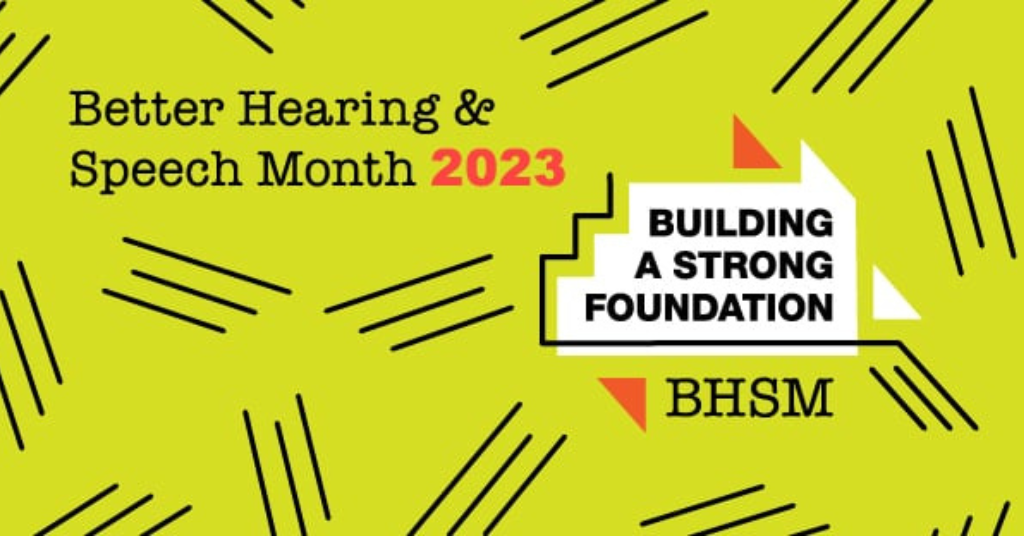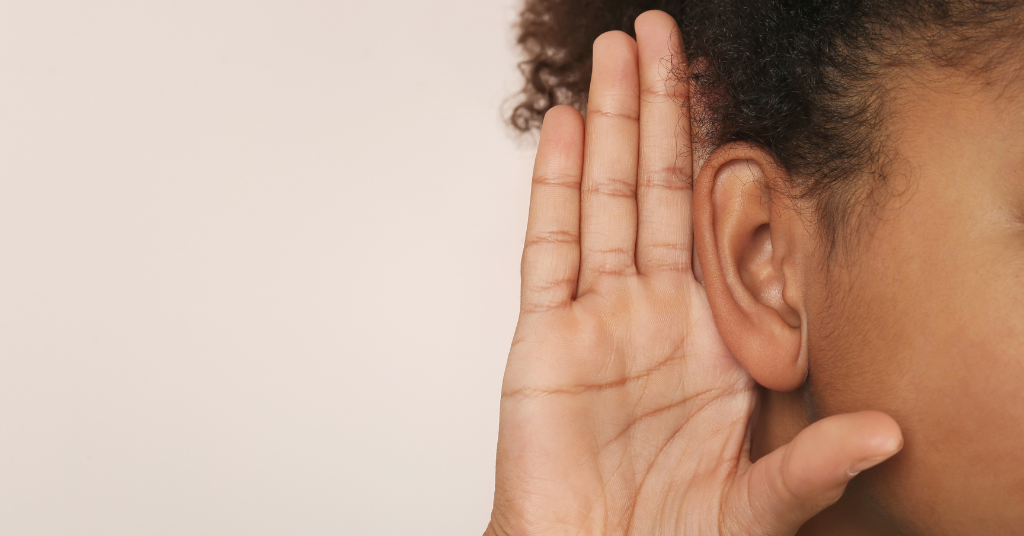
Learn some things about sign language
September 22, 2021
Interview with Selena Minogue from Deafies in Drag
September 24, 2021Human rights for the deaf

This month we’re celebrating Deaf Awareness Month, an initiative of the World Federation of the Deaf (WFD), which corresponds with International Week of the Deaf People 2021. Today, Sept. 23, the theme is “We Sign for Human Rights!”
Access to information is a human right. So is being treated like everyone else. Accessibility in these areas have improved for people with hearing loss, but we still have a ways to go.
Information in Public Places
One of the basic human rights is access to information. How many times have you been in a public place with several televisions and not one is showing captions? In loud environments, captions actually benefit all patrons. Washington recently became the first state in the U.S. to require that public places display captions on at least one of its televisions. Now places like restaurants, sports bars, airports, fitness centers, and hospitals must comply or be fined. If owners follow through within 30 days of being fined, the violation will be dismissed. The state is also ensuring that employers and employees are aware of their duties and liabilities by preparing an educational pamphlet that will be available online.
While Washington is the first state, there are several U.S. cities with similar ordinances. They include Rochester, New York; San Francisco, California; Portland, Oregon; Ann Arbor, Michigan; and Pawtucket, Rhode Island.
Hopefully other states will follow suit.
Read more: The importance of captions and how they can improve
Movie Theaters
Many of us remember the days when going to the movie theater meant seeing a foreign film with subtitles if we wanted to understand it in its entirety. Now thanks to the Americans with Disabilities Act (ADA), movie theaters must provide closed captioning. Unfortunately, the technology doesn’t work consistently.
Read more: Optimizing the movie theater captioning experience
Deaf and hard of hearing customers in the UK have even fewer options. While movies tend to be subtitled, they’re only offered at specific (often inconvenient) times.
Whether it’s a movie in a theater or being streamed from home, or even a TV show, the latest accessibility battle has to do with captioning songs. Too often, songs aren’t captioned yet they add a lot to the experience.
The movie “CODA” is an example of captioning done perfectly. The captions had the title of the song, musicians, how it was being played, and the lyrics.
Read more: Marlee Matlin stars in “CODA”
Performing Arts
Some theaters now provide captioning for their shows. A variety of equipment and methods are used, from LED signs to handheld units. The CCAC has a list of resources and technology. Even though patrons with hearing loss need to sit closer to view the captions, interpreter, or even lipread when possible, not all theaters provide discounted seats.
“There are theaters all across the country that offer captioning,” says David Chu, co-founder and CEO of c2 (Caption Coalition) Inc. “We might focus our attention on New York or Chicago because they’re the largest theater communities. But the same can be said about Boston theaters, or Seattle, Washington DC, Los Angeles, or Minneapolis.”
Chu is proud that the majority of all the regional Tony theaters offer captioning, most of them through his company.
Read more: Chicago theater accessibility
Interestingly, the pandemic has forced the arts and culture sector to revisit their business models. Elizabeth Ralston, MPH, Accessibility Consultant and Founder of the Seattle Cultural Accessibility Consortium in Seattle, Washington, says they’ve had to think about different ways of recruiting new audiences to their programs.
“Integrating accessibility into both in person and virtual programs and events requires training and thoughtful relationship building with disability communities,” she says. “Programs should reflect the people they serve: Are disabled artists and voices being incorporated.
“Are people with disabilities being hired? Are marketing and fundraising practices inclusive of different abilities? Are performances being captioned or interpreted consistently and whenever a patron requests that accommodation? We still have a long way to go, but I remain hopeful when I see more conversation and light bulbs going off as people think about these issues.”
Other Captioning
When everything went virtual during the pandemic, people with hearing loss were left out. The lack of captioning was frustrating. Now we have better access to captions on Zoom. If your account doesn’t have captions, you can ask the host to enable it. But this has to occur before the meeting starts. So close yet so far.
Read more: Deaf community petitions for free captions
Other social media platforms have also had issues, including Twitter, which added an audio feature without including captions. A year later, they rectified their mistake. Instagram and TikTok now have captions – though not all creators take advantage of this featue. Then there’s Peloton, which recently added real time English subtitles for all live classes.
Many videos online aren’t automatically captioned. And then there’s podcasts, the last frontier of accessibility.
Read more: Podcasts: The last frontier of accessibility for deaf and hard of hearing people
Emergency Assistance
According to deaf911, text-to-911 is available in less than 10% of the U.S. Relay calls can be time consuming. The FCC encourages emergency call centers to accept texts, but it’s up to each call center to decide on the method.
To check to see if the 911 call center in your area supports text-to-911, the FCC says to download its list of areas supporting available service (updated monthly). “But even in areas where call centers accept text-to-911, existing voice-based 911 service is still the most reliable and preferred method of contact,” the FCC says.
Sign Language and Human Rights
For many deaf people, sign language is their primary mode of communication. But not all information is provided this way. This topic was in the news during the pandemic, with many places not providing sign language interpreters for pandemic briefings. It’s now mandatory in the U.S, but not in the UK.
In 2018, Human Rights Watch found that countries like Russia, Iran, Zambia, and Uganda had communication barriers that interfered with deaf people’s right to health. They also found that deaf offenders weren’t accommodated in the prison system in Australia. In India, deaf women face high risk of sexual violence.
Workplace discrimination is also still a thing.
Access to basic services and information are human rights. Just because our ears might not work doesn’t mean we’re not people too. Consider advocating for the topics most important to you, so we can make the world a more inclusive, accessible place.



